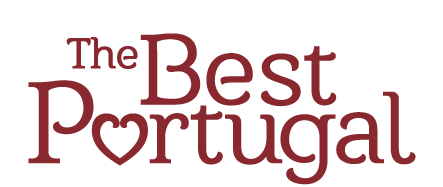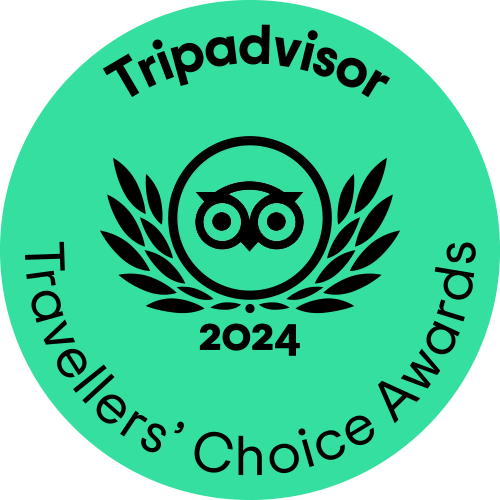So what are the main trends to expect from wine tourism in general?
Drinking and tasting are not enough
Tomorrow, today’s wineries will slowly focus on explaining their processes in the vineyard, winemaking in the cellar, and aging in more detail. Today, the Internet has brought more informed consumers who demand more information. Whether it’s through immersive experiences such as practicing the grape harvest, making their own wine, or a themed visit by a winemaker, wine tourists want to leave the winery with a predisposition to comment on and appreciate wine more technically; in essence, they want to leave feeling better informed and better equipped to talk about wine with all those with whom they share this valuable nectar.
Visiting new and lesser-known wine regions
More and more tour-goers are looking for something they are not usually exposed to. For this reason, and because airlines have also increased the number of their destinations in an attempt to differentiate themselves, today’s wine and tour consumers have much better access to these same areas and their native grape varieties, making them excellent destinations for wineries and service operators to work together to boost demand in the near future. The increase in the number of restaurants and hotels in these same areas is contributing greatly to this goal.
Working alone is not enough
It’s not enough for wineries and wine tourism operators to work only with their own conceptualized products. In the future, they will have to network to boost the wine value chain by offering integrated products that, through the wine and food of a region or a country, illustrate its culture, and showcase its people and its way of being in the world of wine and in life. It’s about providing a holistic experience rather than a sectoral one.
Wineries as gastronomic destinations, not just wine destinations
The experience of The Best Portugal shows that almost 100% of those who take wine tours love the pleasures of the table. We are already beginning to see that wineries are becoming great destinations not only for wine but also for gastronomy. Whether by bringing in famous chefs, gastronomic events, or wine and food pairing events, the wineries of the future will have to match the quality and typicality of the region’s restaurants. To do so, they won’t have to be mere competitors but complements in terms of offering new services to more differentiated customers.




